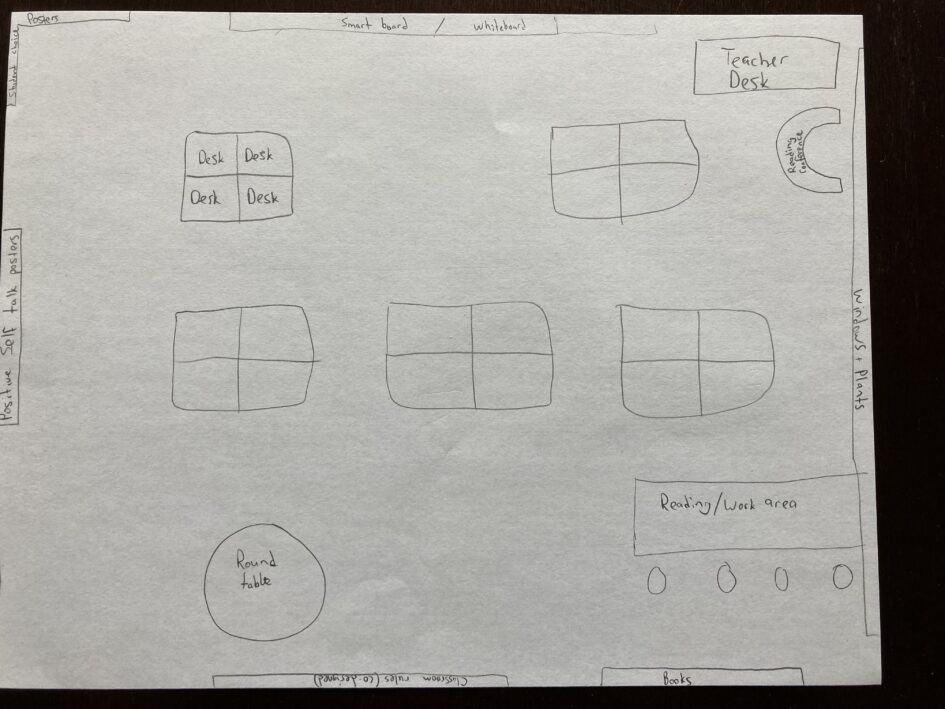Strategies that support diverse learners and classrooms starts with making sure there are a variety of options available for learning and demonstrating learning. Some students are better at speaking, or reading, or writing, but might struggle in one of the other areas. While it is still important to work on the other areas, they need to have the ability to effectively demonstrate their learning. This means using formative and summative assessment that can observe and use different artifacts to demonstrate learning. Exit slips, whiteboard checks, audio/video recording of speaking, portfolio items that students choose are all different ways to support diverse learners in the classroom. Lots of small group activities mixed into learning can be very effective to help all learners – it gives opportunities for communication, collaboration, peer feedback, and teamwork building while learning about a topic. Also having a small group can help slower readers/writers by being with someone who can do the writing or reading – each member can contribute in their own way.
The article I have chosen here is from my “ideal classroom” setup. This setup to me offers various opportunities for diverse learners in the classroom. Having small pods of students grouped into four desks makes collaboration and communication a little easier to facilitate in a small area. This would be a starting point for the class that would suit most learners. But, to offer other learners something that works for them, there would be different spots in the classroom for them to turn if they need it. The reading/work area can be used for solo work time or if someone needs some space, or for silent reading away from their pod. The round table can be used if students want a bigger discussion group to take place (this could also be a solo space at times). The rainbow table next to the teacher desk can be used for reading conferences or any type of oral reporting to the teacher if that is something that works for the student.

Leave a Reply
You must be logged in to post a comment.